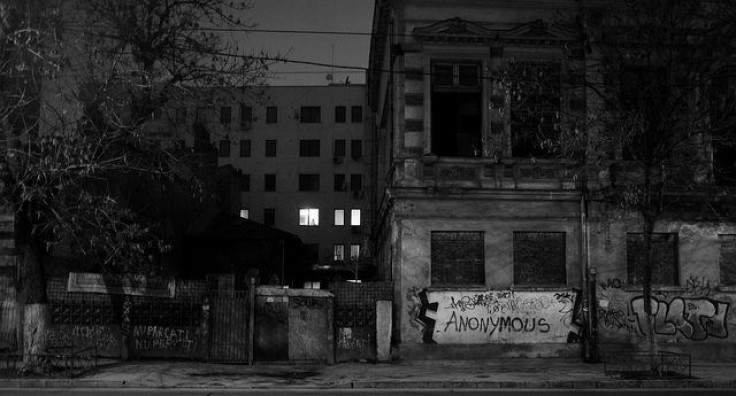Urban Blight Hack: Installing Windows And Doors On Abandoned Buildings Reduces Crime

A new study indicates that low-cost improvements, such as installing new windows and doors, may be effective in deterring criminal activity within communities.
“City-wide, we found significant reductions in total crimes, assaults, gun assaults, robberies and nuisance crimes associated with ordinance compliance,” Michelle Kondo, lead author of the study and a research hydrologist with Northern Research Station, stated in a press release.
She is referring to Philadelphia’s Doors and Windows Ordinance, enacted in 2011, which requires landowners install functional doors and windows on abandoned buildings located on blocks that are more than 80 percent occupied. Exceptions apply only to owners who have applied for a permit covering more extensive renovations. Owners who do not comply with the ordinance are charged $300 per day per opening that remains uncovered by a functional door or window. A bright pink poster declares a building in violation. (As of May 2014, Philly's Licensing and Inspection Department had cited 2,356 buildings, and assessed at least $1.5 million in fines.)
But Is It Working?
To gauge whether the ordinance is actually effective, the research team compared crime incidents occurring at buildings either improved through the ordinance (or permitted for renovation) with crime statistics at randomly-matched buildings neither remediated nor permitted.
In areas surrounding the buildings with newly installed doors and windows, the researchers estimated eight fewer assaults, 10 fewer gun assaults, and five fewer nuisance crimes over a two-year period.
“This could be the ‘broken windows theory’ in action, with new doors and windows and a newly cleaned building facade signaling to potential offenders that a property is occupied and crime is not tolerated,” Kondo said.
Kondo and her co-authors believe additional research is needed to see whether other factors may have influenced the decrease in crime around some of the abandoned buildings. Since the ordinance applies only to buildings on 80 percent occupied blocks, its effects may be less in location where there are less people. Policing practices, which vary according to location, may also have influenced crime occurrences during the study.
“Vacant and abandoned buildings pose significant challenges to the health and safety of communities,” the authors concluded. In Philadelphia, economists calculate vacant properties have reduced property values city-wide by 6.5 percent (an average of $8,100), representing $3.6 billion in total lost wealth for the city.
More than 80 percent of the United States’ population currently lives in urban areas. According to a report issued by McKinsey & Company, a global management consulting firm, 259 large American cities generated 85 percent of the nation's total gross domestic product in 2010. During the same period, large cities in Western Europe accounted for less than 65 percent of the region’s GDP; metropolitan China accounted for 78 percent of China’s GDP; and urban Latin America contributed 76 percent to regional GDP. Urban America, McKinsey suggests, carries more weight than large cities in any other major region.
Source: Kondo MC, Keene D, Hohl BC, et al. A Difference-In-Differences Study of the Effects of a New Abandoned Building Remediation Strategy on Safety. PLOS ONE. 2015.



























